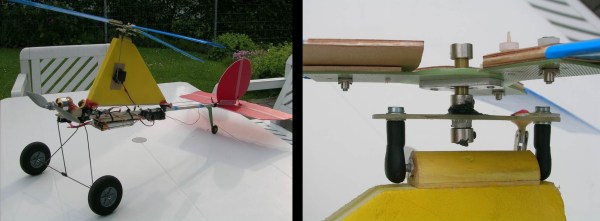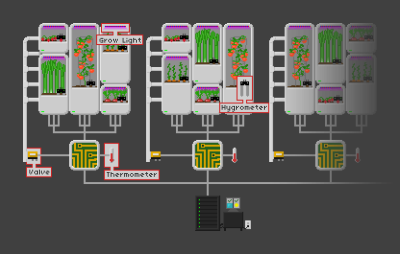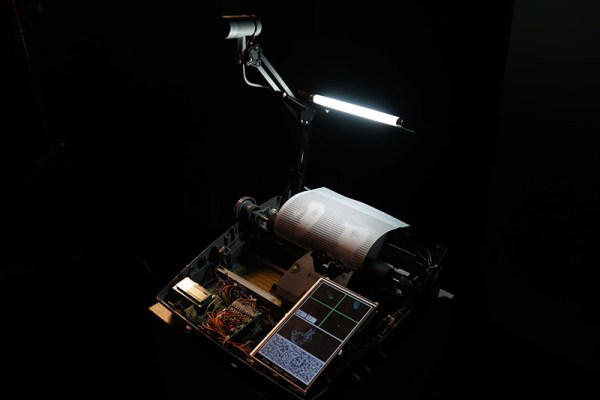An Electric Ninja
Motorcycles are extremely efficient already, but if you want a torquey ride with a lot of acceleration, electric is the way to go. [ErikL] is hard at work transforming a 2005 Ninja 250R into an electric vehicle, both to get away from gas-sipping engines and as a really, really cool ride. Interestingly, the battery technology in this bike isn’t that advanced – it’s a lead acid battery, basically, that reduces the complexity of the build.
And They Have Molds To Make Another
Motorcycles aren’t for everybody, but neither are normal, everyday, electronic conversion cars. [MW Motors] is building a car from scratch. The body, the chassis, and the power train are all hand built.
The amazing part of this build is how they created the body. It’s a fiberglass mold that was pulled off of a model carved out of a huge block of foam. There’s a lot of composite work in here, and a lot of work had to happen before digging into the foam; you actually need to choose your accessories, lights, and other bits and bobs before designing the body panels.
While the suspension and a lot of the mechanical parts were taken from a Mazda Miata, the power and drive system are completely custom. Most of the chassis is filled with LiFeMnPO4 batteries, powering four hub motors in each wheel. It’s going to be an amazing car.
Custom, 3D Printed Electric Motors
If you’re designing an electric car, the biggest decision you’re going to make is what motor you’re going to use. This is a simple process: open up a few catalogs and see what manufacturers are offering. There’s another option: building your own motor. [Solenoid] is working on a piece of software that will calculate the specifications of a motor given specific dimensions. It will also generate files for a 3D printed motor given the desired specs. Yes, you’ll still need to wind a few miles of copper onto these parts, but it’s the beginning of completely custom electronic motors.







 One concept that was popular with this week’s theme was ready-to assemble gardening kits. From personal experience I think this is of huge importance. Once upon a time in a crappy apartment far, far away my wife and I set out to grow tomatoes on the balcony. The plants flourished and bore fruit which the squirrel population of the neighborhood immediately stole while still green. I built this produce cage the following year and we were able to enjoy the fruit of our labors. But not everyone can whip up such a solution without help.
One concept that was popular with this week’s theme was ready-to assemble gardening kits. From personal experience I think this is of huge importance. Once upon a time in a crappy apartment far, far away my wife and I set out to grow tomatoes on the balcony. The plants flourished and bore fruit which the squirrel population of the neighborhood immediately stole while still green. I built this produce cage the following year and we were able to enjoy the fruit of our labors. But not everyone can whip up such a solution without help.
 This one is quite an interesting thought. If you live in a climate where air conditioning is used constantly, chances are pretty good that the humidity the condenser coil removes from the air is going right down the drain. The
This one is quite an interesting thought. If you live in a climate where air conditioning is used constantly, chances are pretty good that the humidity the condenser coil removes from the air is going right down the drain. The 
















